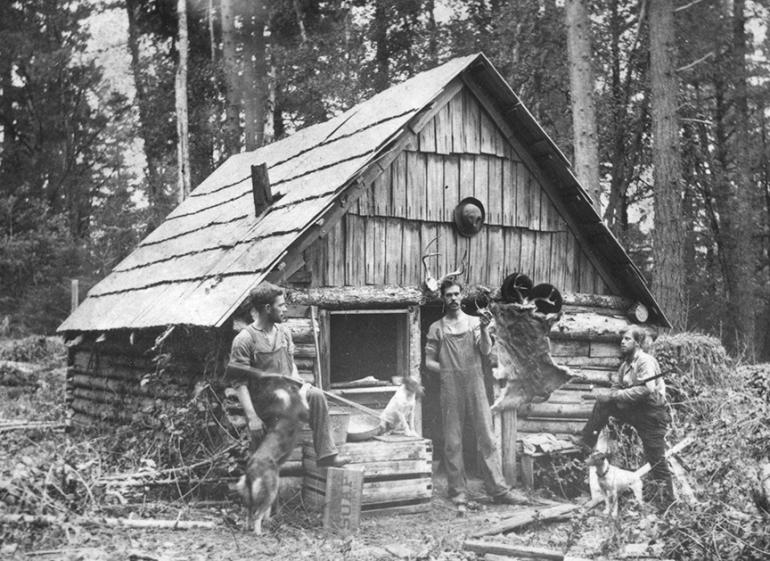Banned Furever?
Respecting a Montana tradition.
With time, comes change, and with change, comes conflict. Some conflict is small and manageable, like installing a new stop light; and some conflict is cumbersome and dynamic, such as regulating public land for the 21st-century realities of 2016 Montana.
One such conflict is fur trapping, a Montana tradition going back to the founders of our state and the heroes of our past—Jim Bridger, John Colter, Liver-Eatin’ Johnson, and all the other mountain men for whom we’ve named our creeks, canyons, ranges, and rivers. On the ballot this November will be I-177, or the Montana Trap-Free Public Lands Initiative. This would ban all trapping on all public lands in Montana, putting an end to a way of life that has defined our state since European settlement.
Now, just because something is a tradition doesn’t mean it’s good; some customs we once revered are no longer tolerated, and for good cause. Montanans have proven themselves to be a forward-thinking bunch, willing to adapt and adjust to new social contexts when it makes sense to. But does it make sense in this case?
Proponents of I-177 cite abuse, indiscriminate killing, profiteering, and other reasons for banning the practice, but do these reasons hold water? Is trapping, by and large, a problem? Surely there are individual examples of abuse, but the same can be said for hunting and fishing, and no one would dare call for the end of those Montana traditions. Indeed, proponents of I-177 go out of their way to reaffirm their support for hunting and fishing, citing fair chase. But let’s be honest: how fair is the chase these days? Anglers cast and catch at their leisure with cutting-edge equipment, expert guides, and plenty of access. Hunters employ sophisticated camouflage, use advanced devices to mimic animal calls, and shoot precision rifles from great distances. And while harvesting one’s own meat is an honorable endeavor, it certainly isn’t necessary, or even cost-effective, in this day and age.
At O/B, we like animals. We love our dogs and want them to be safe in the woods, year-round. And there’s nothing we despise more than the abuse of a public-land resource. But we also value tradition, and honor history. The millions of dollars Americans spend on movies like last year’s The Revenant are proof that we aren’t alone in valuing the hard work, perseverance, and connection to the land that trappers exemplified.
If trapping is murdering pets at alarming rates (more alarming than the rate of pets abandoned, euthanized, or run over by cars) or decimating wildlife populations, it is time for a change. And we’ll adjust to that. But if a few isolated incidents are all we’re getting worked up about, then maybe it isn’t quite time to end a proud tradition. Maybe we increase the punishment for abuse and adjust some boundaries to protect pets in growing urban areas. But an outright ban? That seems quite extreme and reactionary to us.












